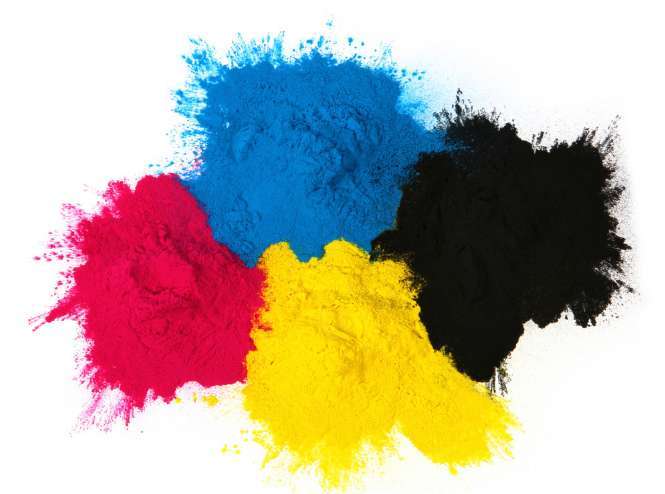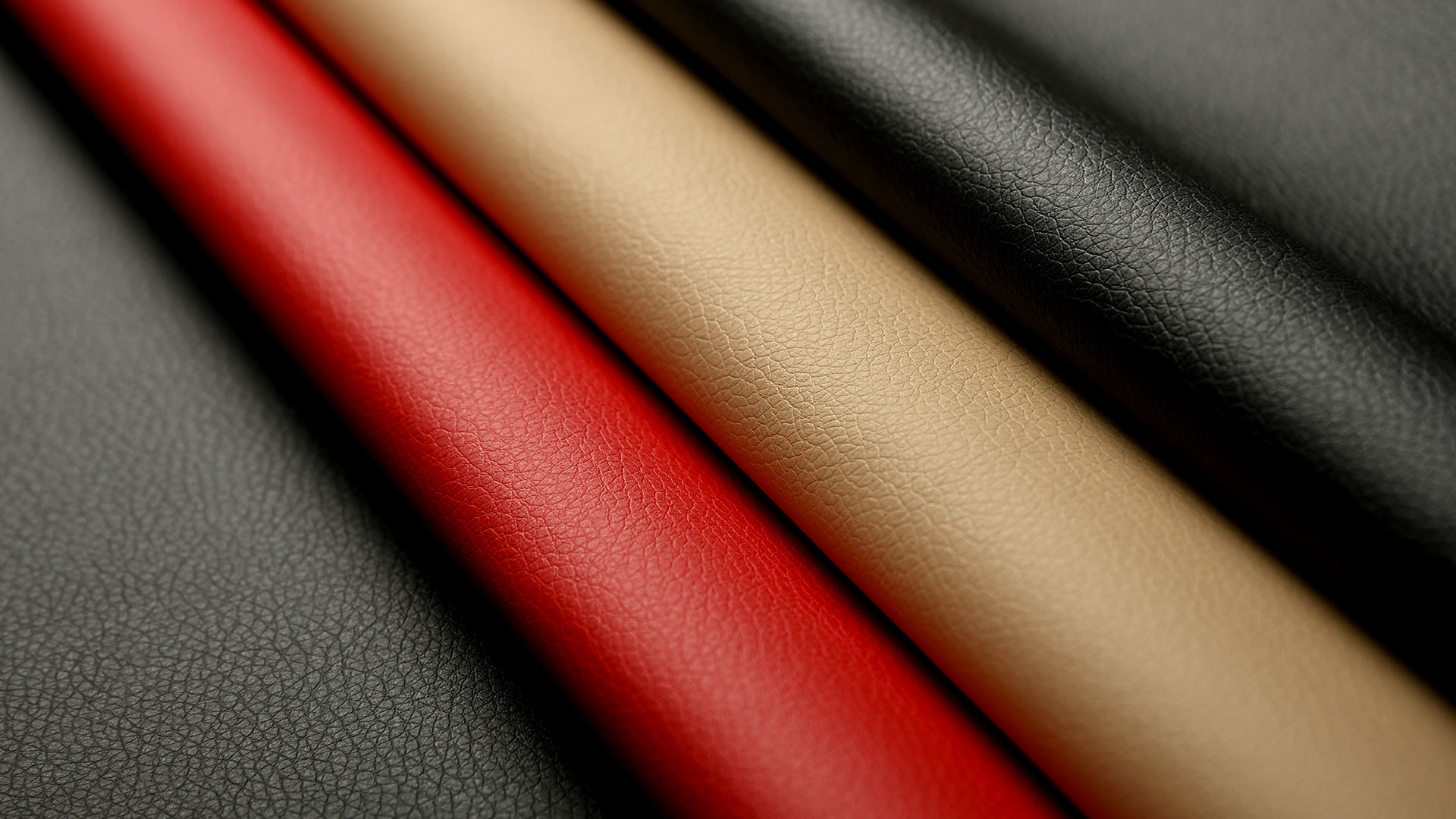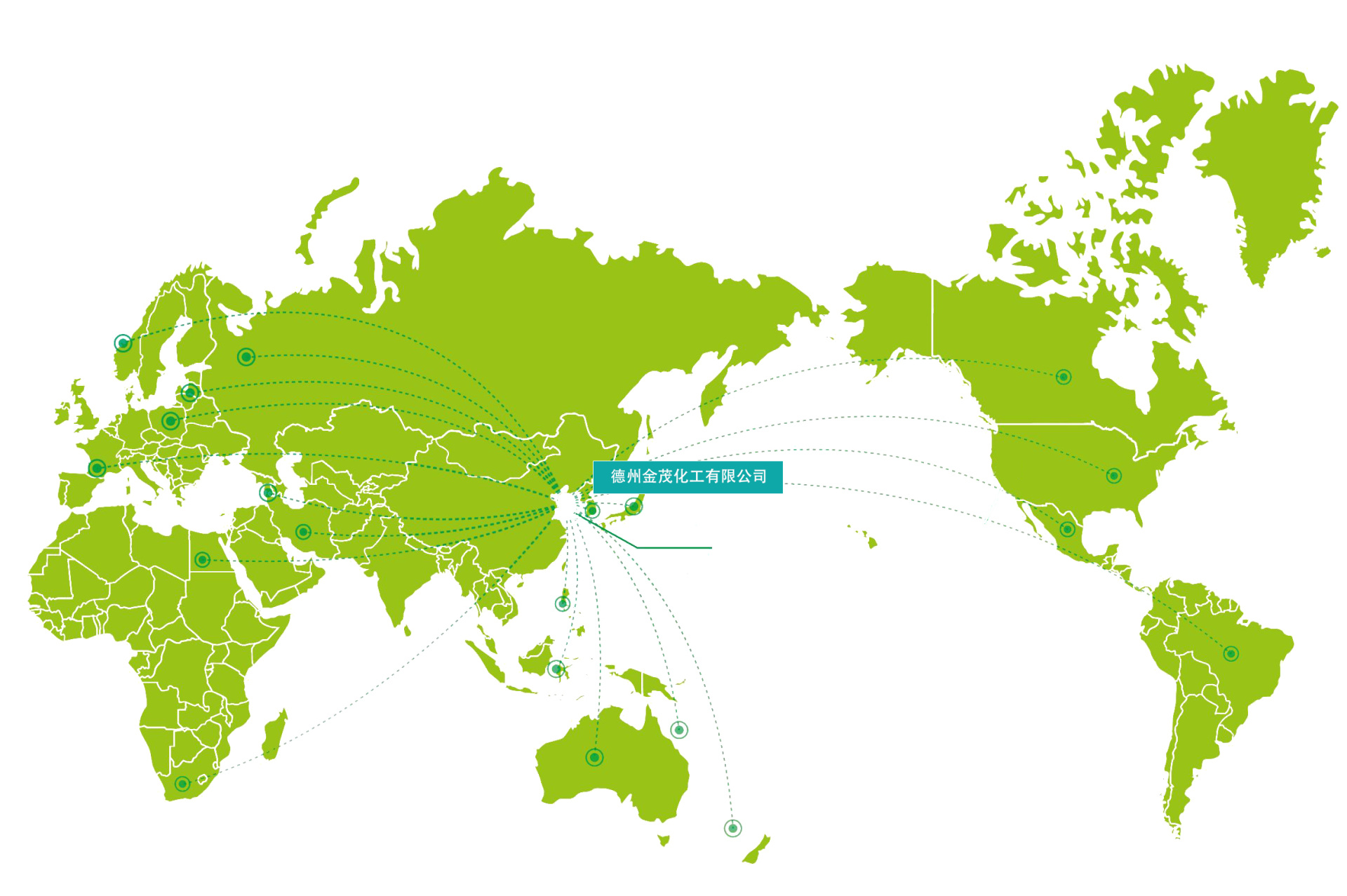What are textile dyes? A sharing of knowledge about textile dyes.
So far, the dye industry not only has dyes for dyeing textiles but also dyes specifically for biological and medical research. Today's topic shared by the editor istextile dyes.
Textile dyes are agents used for dyeing textiles. They mainly consist of plant extracts such as fruits and tree sap, and also include extracts from natural chemicals like coal tar. They are divided into natural and synthetic, with synthetic dyes being more common in the market. Textile dyes have good coloring properties, are not easy to fade, and do not easily lose color when washed. The feel of the fabric after dyeing does not change much, and there will be no hardening. However, compared to acrylic, the brightness and saturation of the colors are relatively poor.

Commontextile dyesIntroduction
1. Acidic: Mostly used for protein fibers, nylon fibers, and silk. Its characteristics include bright colors, but low wash fastness, excellent dry cleaning, and it is widely used for dyeing natural fibers.
2. Cationic: Suitable for polyester, cellulose, and protein fibers. The colors are bright and suitable for artificial silk, but its characteristics include a decrease in wash and light fastness for natural cellulose and protein fibers.
3. Direct: Suitable for textile fiber fabrics. The wash fastness is relatively poor, and the resistance to fading varies, but the wash fastness of modified direct dyes will be greatly improved.
4. Disperse: Can be used for viscose, acrylic, polyester, etc., with varying wash fastness; polyester is good, while viscose is poor.
5. Azo: Suitable for cellulose fabrics, with bright colors, more suitable for vibrant hues.
6. Reactive: Mostly used for cellulose fabrics, less for protein. Its characteristics include bright colors, good light, wash, and abrasion fastness.
7. Sulfur: Suitable for fiber fabrics, with dull colors. Mainly navy blue, black, brown, good light fastness, good wash fastness, poor resistance to chlorine bleaching, and long-term storage can damage fibers.
8. Reductive: Suitable for cellulose fabrics, with very good light and wash fastness, and resistance to chlorine bleaching and other oxidative bleaching.
9. Coating: Can be used on all fibers; it is not a dye but adheres to fibers through resin mechanically. Dark fabrics may become hard, but the color matching is very accurate, with good light fastness and good wash fastness, especially for medium and light colors.
One of the significant characteristics of dyeing wastewater is its high chromaticity. After biochemical treatment, the color of the water is reduced, but it still retains a deeper color, making it difficult to meet discharge standards. Therefore, decolorization is an important part of dyeing wastewater treatment. Currently, there are tens of thousands of varieties of textile dyes used globally, among which reactive textile dyes are bright in color, with a complete spectrum, and are used more and more widely.
However, reactivetextile dyes's physicochemical properties make it one of the difficult dyes to remove. The chemical coagulation method has a good decolorization effect on it, but the decolorization effect on hydrophilic dyes like reactive dyes is highly unstable.
Latest developments






